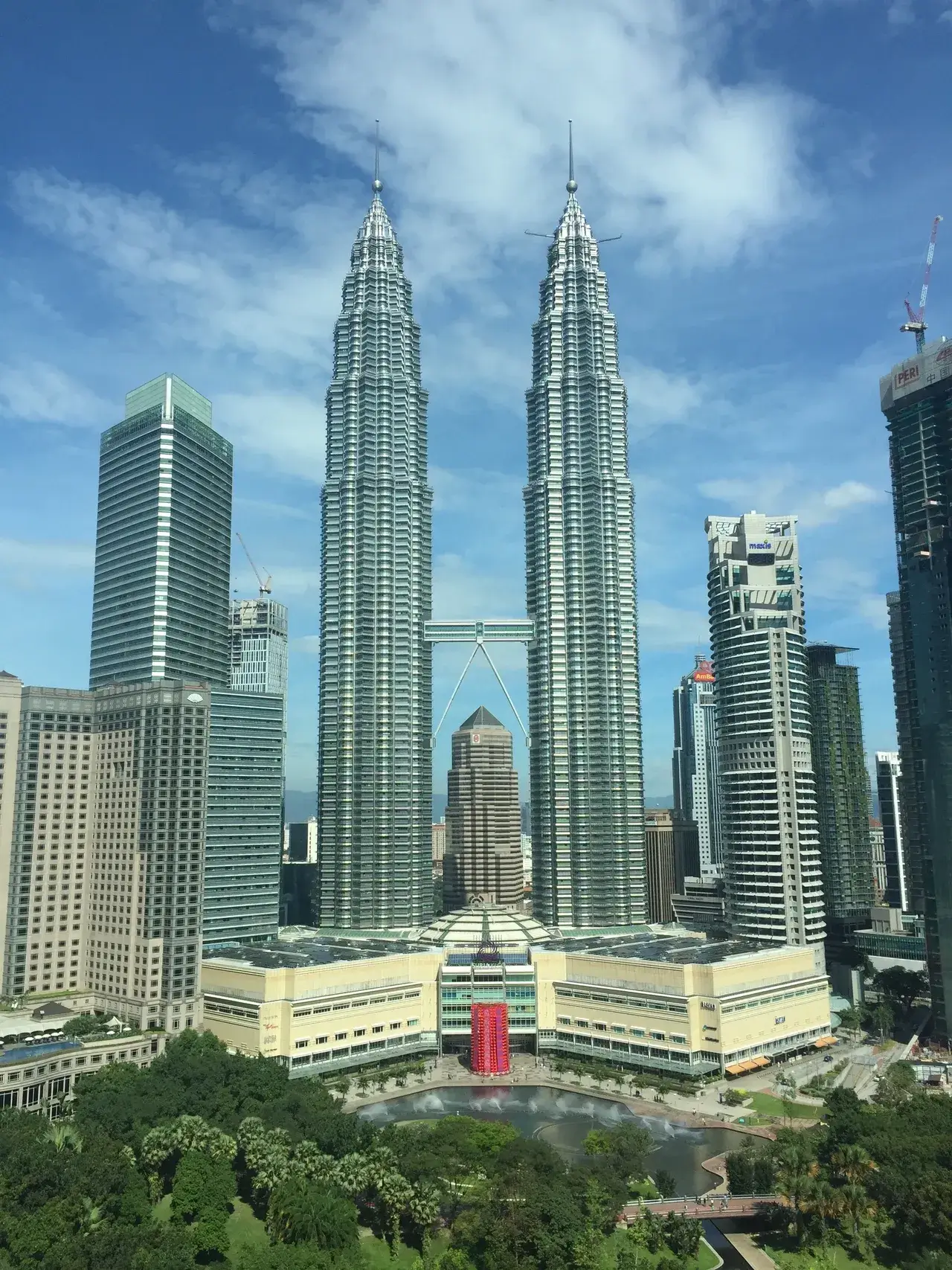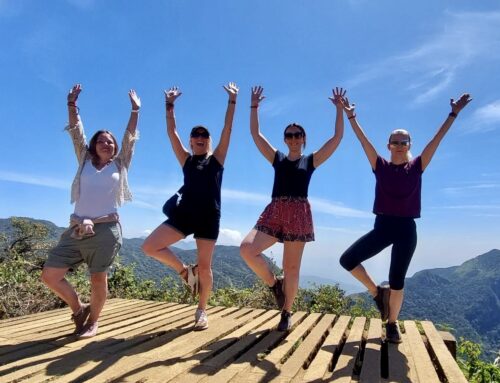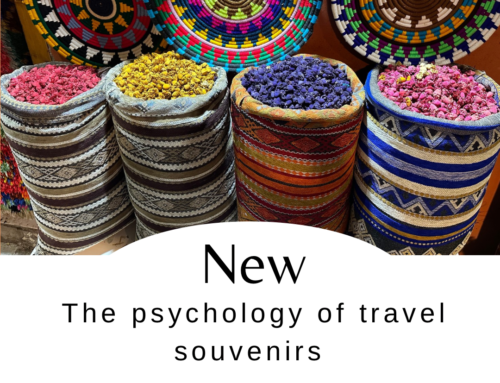By Charlotte Russell, Clinical Psychologist & Founder
In a digital age and following a global pandemic, more and more of our work, educational and social activities have been taking place online. To take this one step further, a recent article in The Psychologist magazine suggested that digital travel could be soon become preferable to physical travel. The benefits of virtual travel were highlighted, including the potential positive impact on climate change, for increased accessibility and time saving.
Whilst virtual travel may provide an alternative in certain circumstances, can it really replace physical travel? In order to answer this question lets look at the aspects of physical travel that (currently) cannot be replicated by entering a virtual world.
The importance of travel rituals
Love them or hate them, airports are often the gateway to our travel adventures. Those of us who travel regularly will each have our own rituals. Whether this be a glass of prosecco at the airport or wearing your favourite comfy pants for the flight. As psychologists we know that rituals can help us to get into the right headspace for the task at hand, and over time become associated with feelings of excitement and anticipation.
Travel rituals can also help us to gain distance from the challenges we experience in our day to day lives. With the journey towards our destination we also come closer to our intention for our trip, whether this be relaxation, adventure, experiencing a new culture or to spend some quality and stress-free time with our travel companions. Having our suitcases weighed, scanning our boarding pass at the gate and clicking our seatbelt into place are each tiny steps towards our travel intentions.
The sensory aspects of travel
If we think about our most treasured travel memories, most of us will remember sensory and emotional aspects of our experiences, alongside visual. We may remember the humidity of the air, how the water felt against our skin as we swam in the sea, the taste of the local cuisine, and how it felt to be in a place. Each of these sensory experiences add up to create a full experience. Whilst virtual reality is increasingly able to replicate aspects of this experience, it is the combination of these elements taken together that truly give us the experience of being in a place.
To give a personal example I visited the Leaning Tower of Pisa on a trip around Italy. If I’m honest it wasn’t high up on my to-see list but I was flying in to Pisa so decided to take a look. The Tower itself was an image I had seen many times, but I would never have predicted how breath-taking I found it when I got there. How it felt to be there. I remember the whole evening vividly; finding a traditional place to eat and how exciting it felt to have arrived.
Spontaneous moments
Regular readers will know that I’m a big fan of spontaneous, unplanned and unexpected moments that can happen on our trips. For me, these moments add to the sense of excitement, adventure and connection. From the unexpected moment that a monkey sat and slowly ate a banana on my balcony in Sri Lanka, to the street performer who playing guitar during a meal in Barcelona. Whilst technology is quickly advancing, I’m not convinced these unexpected moments can ever be replicated!
Individual differences and our travel needs
So it seems that there are aspects of physical travel that are impossible to replicate. However despite these limitations, does virtual travel have a place in meeting our travel needs?
One of the key principles in Psychology is that we each have important differences that stem from our personalities, temperaments, life experiences and current life situation. This of course will be relevant to whether virtual travel can meet our particular needs at any given time.
Let’s take a situation where a person has been to a particular place before. They know and remember how it felt to be there, to sit, to eat the local cuisine, to see the surroundings. In this case, virtually going back to this place might be just what they need. In fact there are quite a few situations where virtual travel may be a good option:
· When we may have little time
· Financial barriers to travel
· For people with disabilities, who may face significant barriers to physical travel
· For those with health problems that might prevent travelling to certain destinations. For example, because of concerns around healthcare or problems obtaining insurance.
· When we may want to pre-visit a destination to decide whether to physically travel there
· Where geo-political reasons why physical travel is not safe or feasible
· In a global pandemic
The impact of travel on the climate is a strong argument for the use of virtual travel. Friends of the Earth suggest that around 72% of aviation use is by those travelling for leisure purposes. They also suggest that a small number of travellers (around 10%) account for around 52% of air travel. This gives us important reasons to think about times where we can reduce physical travel.
So it’s clear that may be times when virtual travel can reduce physical travel. However it is unlikely to ever be the right option for all travellers on every occasion . It probably won’t meet the needs of those who want to fully experience a new destination, and a sense or adventure or connection. I also think it will never measure up if we are really craving a sense of freedom and to experience new situations, or to immerse ourselves in a culture.
That said if I’ve only got a few hours to spare then the option of virtually transporting myself to one of my favourite places doesn’t seem like such a bad idea.
References
Digital travel – defying distance and reality? | The Psychologist (bps.org.uk)
Virtual Reality as a Travel Substitution Tool During COVID-19 | SpringerLink
If you liked this article check out What is food tourism and why is it growing in popularity?





